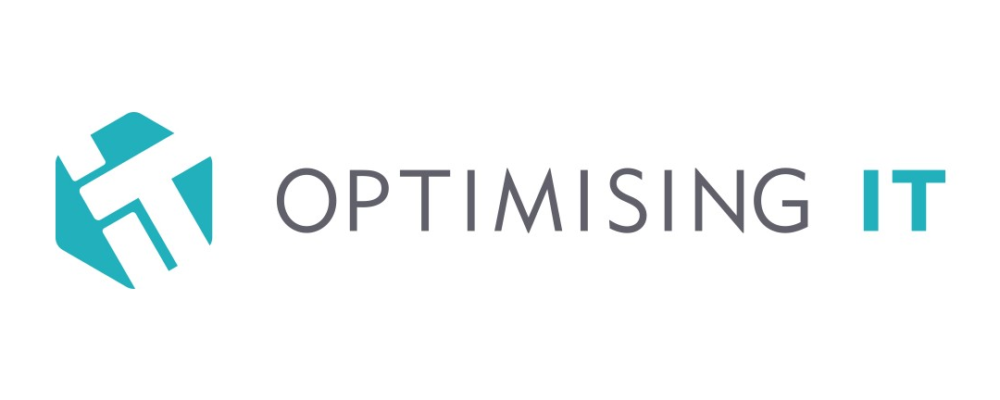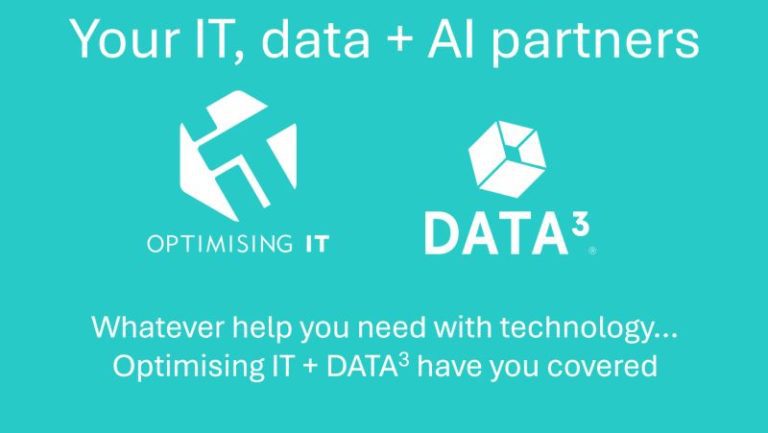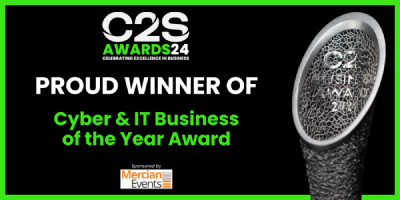What is a Phishing Scam?
Phishing is an online scam that occurs when criminals pose as a legitimate company or individual to trick victims into giving them personal information. These scam attempts can include anything from full names and addresses to credit card details and bank account numbers. Phishing scams frequently begin over email, although they can also seek victims via text messages, phone calls, or even in person. Unfortunately, there are many clever ways that criminals can disguise phishing scams, and many intelligent people can succumb to these tricks.
One common phishing scam involves a criminal drafting an email that appears to have come from a legitimate company. The disguise will be in the form of something generic such as a bank or online retailer. The email will insert a link that takes the victim to a fake website, which looks identical to the real thing. Usually, the message will warn visitors that there is a problem with their account on that website. They will urge visitors to act quickly and insert their login information into the fake website. The criminal then collects that information to access that person’s account on the actual website. Sometimes, the criminal may be able to steal your bank account information or obtain your email address, which can allow them to sign you up for many more scams in the future.
Phishing scams can be tough to spot, but there are some tell-tale signs to look for. These include unexpected requests for personal information, grammar and spelling mistakes, and unfamiliar sender addresses. If you suspect you have received a phishing email, do not open any attachments or click on any links. Instead, contact the company using a trusted method, such as their customer service number or official website. You can also report the scam as a spam message and warn your friends, family members, and co-workers about your experience.
How IT Support Can Help Protect You
IT infrastructure support can be a valuable asset for any business. It enacts cyber security services to help ensure your network and systems run smoothly and efficiently. It may help you troubleshoot and resolve problems, keep your software up to date, and protect your data. IT infrastructure support can also help you plan for future needs and upgrades. IT support is essential to any business. A good IT support provider will have a wide range of experience and knowledge and be able to provide you with the level of support you need. When choosing an IT support provider, be sure to ask about their experience, their rates, and their services. IT support is a valuable investment, and choosing a trustworthy provider is critical to your organisation’s long-term success.
IT support can also help to protect your business from phishing scams. Thanks to IT infrastructure support, you can more easily identify and block these fraudulent messages before they reach your inbox. IT support staff are usually the first line of defence when keeping an organisation’s computer systems secure.
Additionally, IT support can also provide training to employees on how to spot and report phishing attempts. By teaching employees how to be vigilant, IT support staff can help to make their organisation more resilient to cyber security threats. By taking advantage of IT infrastructure support with cyber security services, you can help to keep your business safe from phishing scams.
How Phishing Scams Have Changed Over Time
When it comes to phishing, the old saying “the more things change, the more they stay the same” definitely applies. Phishing scams have been hard at work for many years and continue to evolve as new technologies emerge.
Phishing scams are dangerous and can result in lost passwords, credit card information, privacy, money, and more. Some phishing scams can steal your information with a single click, so avoiding all suspicious links in your email or text messages is the best way to protect yourself. We encourage you to only click on links directly from trusted sources and match the formatting of other emails you may be familiar with.
With the rise of social media, phishers have also started using these platforms to reach potential victims. Example scams include fake profiles, fake website login pages, fake online stores, and fake friend profiles. Often, if a scammer can steal the login information of someone on your friend’s list, they may reach out to you in the hopes that you will click on a suspicious link, believing the link to come from a friend you trust.
As you can see, phishing scams have come a long way since their early days. But one thing hasn’t changed: they’re still a major threat.
IT Support Mistakes
One mistake businesses can make out of naivety is thinking that any IT infrastructure support is better than none. However, investing time and money in any IT infrastructure support can do more damage than anything else. In today’s increasingly digital world, it is essential to have a team of IT professionals who can provide reliable and efficient support. Unfortunately, many businesses choose to cut corners regarding practical IT support, opting for cheaper services that often prove ineffective. As a result, they may spend more of their money on costly repairs and replacements in the long run.
Another common mistake is neglecting to invest in data backup and recovery services. While it may seem unnecessary, these services can save businesses a considerable amount of money and downtime in the event of a significant data loss. By understanding the importance of IT support, companies can avoid these common mistakes and ensure that their systems are continuously up and running well.
Conclusion
Optimising IT allows you to lean on professional and knowledgeable IT infrastructure support professionals. Instead of putting it off until later or settling for any IT consultancy, look into why we rank high in IT consultancy services. Your business needs quality cyber security services to protect online data. Claim your free IT review today to find out the next steps for building up a stronger business.














